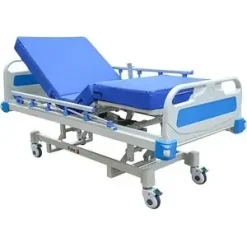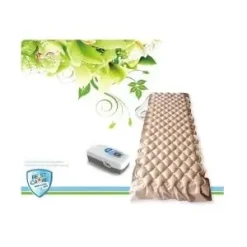Electric Bed: A Versatile Solution for Healthcare and Home Care
Electric beds have significantly transformed both healthcare and home care by offering not only greater comfort but also enhanced functionality. With adjustable settings, they serve various purposes, ranging from medical care to assisting older people as well as hospital use. Whether in hospitals or homes, electric medical beds meet specific needs, thus making them a popular choice among professionals and caregivers alike.
Medical Application of Electric Bed
In the medical field, electric beds play a crucial role in patient care. Indeed, their adjustable features allow for better positioning, thereby reducing the risk of bedsores and improving comfort during long-term treatments. Healthcare providers can easily adjust the bed’s height, thus making medical procedures, such as exams, smoother while reducing strain for both patients and caregivers.
Healthcare and Nursing Benefits
Moreover, for healthcare staff, the Electric beds greatly improve efficiency. The adjustable height not only prevents nurses from straining their backs, but it also makes patient repositioning much easier. For instance, this is especially helpful for patients with mobility issues, since the bed can be adjusted to help them get in and out of bed with ease. Furthermore, additional accessories, such as side rails, further enhance patient safety, offering peace of mind for caregivers.
Home Care for Older Persons
When it comes to older persons, they often need extra support, which electric beds provide. In fact, for home care, its are ideal for individuals who face mobility challenges or specific medical conditions. Additionally, caregivers can easily adjust the bed to help their loved ones sit up, sleep comfortably, or get out of bed safely. As a result, the customizable settings make daily caregiving much easier, thus ensuring that older persons receive the care they need right at home.
Hospital Use and Efficiency
Hospitals also rely heavily on electric beds to provide optimal patient care. With adjustable head, foot, and height settings, these beds help patients achieve the best position for treatment and recovery. Similarly, electric beds reduce the need for manual labor by hospital staff, therefore streamlining patient handling while enhancing care quality.
Conclusion
Overall, electric beds are essential in modern healthcare, nursing, home care, and hospital environments. They not only improve patient comfort but also significantly boost caregiver efficiency. Whether for older persons at home or patients in hospitals, its ultimately ensure the best possible care, making them a valuable addition to both healthcare and home care settings.



